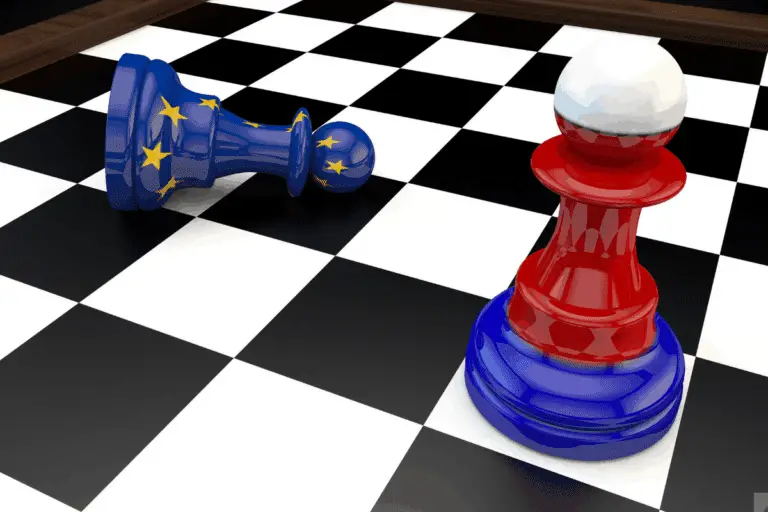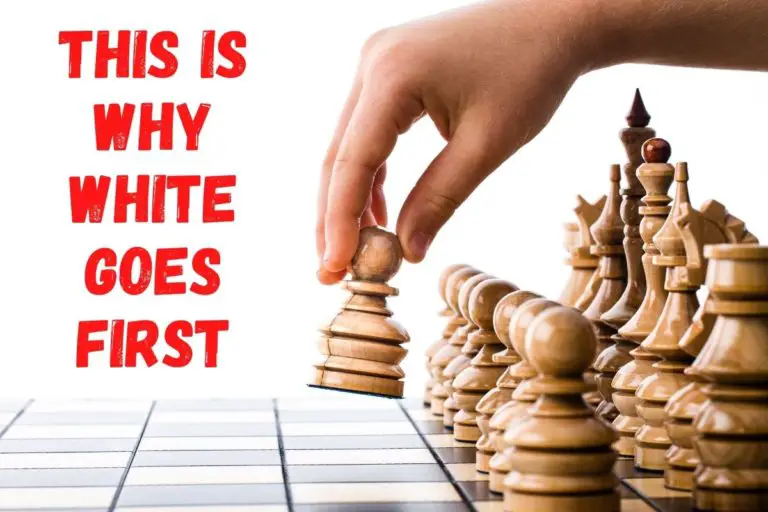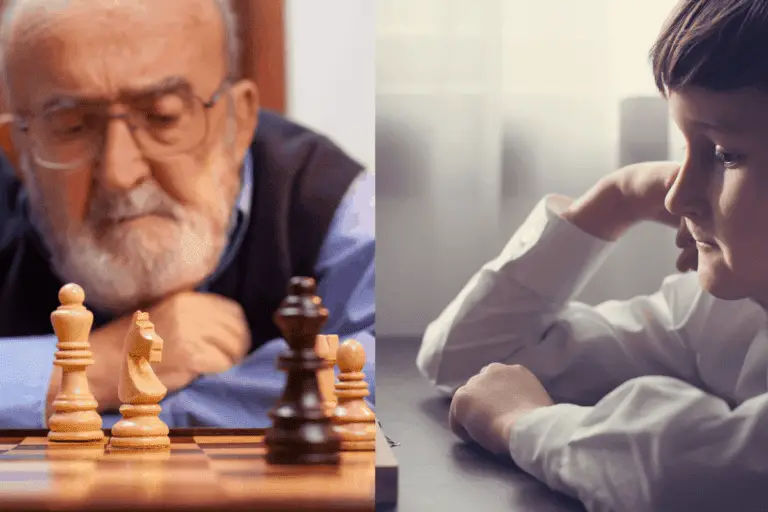The Advantages and Disadvantages of Playing Closed Positions in Chess:
⭐⭐⭐ Take 6 minutes to read and improve your chess game ➡️ : This article was first published on, and is Copyright of Chessquestions.com
In chess, every position on the board can be classified as either open or closed. It is important to understand what is closed position in chess in order to become a complete player, it will allow you to become more flexible.
Open positions are more common and typically arise early in the game, while a closed center is less common and tends to occur later on.
In this blog post, I will discuss what constitutes closed positions in chess, and look at the benefits and disadvantages of playing them.

What is closed position in chess
A closed position in chess is a particular structure where the pawns are placed in a way that there is a blockade, this blockade prevents the mobility of pieces and hampers progress for both players.
It is where you and your opponent’s pawns are blocked by each other in a way that prevents advancement, a breakthrough needs to be executed in order to progress further.

Look at the Pawns
An easy way to identify a position that is closed is to look at the structure of the pawns, if the pawns are placed in a way where they are blocking each other’s advance then we have a locked pawn center.
There are positions where only a partial part of the pawn structure is closed, even in this instance as it is also generally considered as a closed.
Open Position
The opposite of closed is open position, basically, a position where the pawns do not block many tiles and the pieces can move on their own.
If both sides keep on pushing the pawns without capturing then the position would naturally be a closed one, if both sides take many pawns, the position will be open.
What are the benefits of playing closed positions
The benefit of going closed is it would likely end in a draw, or your opponent needs to perform a breakthrough or pawn break in order to look for a win.

If you are playing against a highly rated opponent, going for a closed position is a good option, this is because you limit the number of available moves that the opponent has in each turn.
A highly-rated opponent is likely to come out on top if you play normally, playing for a win with a closed position is one of the best strategies that you can take.
Handy for Draws too
It is not only when you are playing a highly rated opponent either, there are also instances like a position in a tournament where you just want to draw a particular game and limit your opponent’s opportunity of pawn breaks.
When the position is closed it is significantly harder to look for a win, this is because there is only a limited amount of moves that both players can take.
When the position is open there will be a lot of opportunities to create an attack and effectively play the position freely, when the position is closed, on the other hand, there is less place, there are locked pawns, and probably few open files and the best squares occupied.
Here, an attack is very unlikely.
Link to how chess pieces move, tile and link
What are the disadvantages of playing closed positions
The main disadvantage of playing a closed position is you are limiting your own opportunities to win yourself, I mean you can push for a breakthrough but this would also come with a risk of loss from an impatient move.
Hikaru Nakamura
There is a famous game between Hikaru Nakamura and Rybka (strong supercomputer) where Hikaru wins after having the board completely locked, and the trick that he uses is to wait for the computer to be impatient in a closed position.
Basically, if you become impatient in a closed position you are creating an opportunity for inaccuracies to occur, even a supercomputer playing against a mere super grandmaster can lose if they are forced to break the stasis and position plays.

In the match, the board is entirely closed and Nakamura is able to shuffle his bishop back and forth while the computer does the same with two rooks and the king, before finally, the engine moves a pawn, and the position opens up.
Greatest Game
Nakamura claims this is the greatest game he has ever played winning a 270 move match against one of the strongest computers on the planet. I am not about to argue that fact.
If you are someone looking for a win in a closed position then this is not the best for you, it will be difficult to create and look for chances.
There will be a defensive pawn structure that is harder to break into, if you ever want to create a chance in closed positions you will have to create a compromise. This compromise can play in your favor but can also shoot you in the face, in other words, it is a 50/50 option that can go either way (meaning it is unreliable when looking for a win).
Knights are Better than Bishops in Closed Games
Due to the way the pieces move, having Knights in a closed game is more beneficial than Bishops; we will tend to have a situation where one side will occupy squares of the same color with their pieces and vice versa for the opponent.

Because of the way the horse moves in chess, Knights will be far more mobile, so in this instance, the player with knights in a closed game will be at an advantage over the player with bad bishops.
Because of the diagonal movement of the bishop, the chances are that they will be trapped and ineffective without being sacrificed.
How to create closed positions in chess
It is pretty easy to artificially create closed positions in chess, in most openings there would be variations that would naturally create a closed position.
Some of the famous ones are French defense, Caro-Kann defense, King’s Indian defense, and Benoni defense, these are some of the positions where a closed one is commonly seen.
If you still cannot create closed positions this way then it is best to stick to the basics, just pushing pawns all the way without performing any capture and use it to create less space and block the opponent’s pawns.
Creating closed positions in chess is quite easy, just push the pawns as much as you can without having the pawn performing any capture, advance it in a way that the pawns of you and your opponent or locked together.
If you can advance the pawns in a way where it doesn’t lead to capture then you will achieve a closed position eventually, it doesn’t even matter if it is only partially.
Creating closed positions is easy
If you can do this you can create a position where everything is closed or a position that is partially closed, either way, you can do this easily in most openings.
How to Play Closed Positions in Chess
So now you have got this far into the article you should be pretty well up to date on these positions, but if you are still asking ‘how do you deal with a closed position in chess?’, here is a summary:
In closed positions, you have to be creative and have a choice of tactics to try. The most common possibility is to exchange pawns in order to open files and give your pieces more freedom of movement. You can also try to trade material, but only if there is an overall piece point value to be gained for yourself.
Conclusion
A closed position in chess is a situation where some of the pawns or all the pawns are blocking each other’s advance, this leads to a position where everything is “closed”. Many openings naturally feature a closed setup like the french defense, Caro-Kann defense, and king’s Indian defense, it is best if you play these openings if you want to play a closed position.
If you ever asked the question “what is a closed position in chess” this is the answer.
This kind of positional chess can naturally lead to a draw and it will be an advantage or disadvantage depending on whether you are looking for that result or not.







